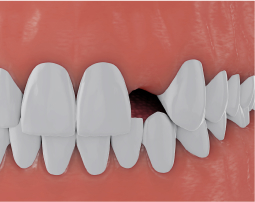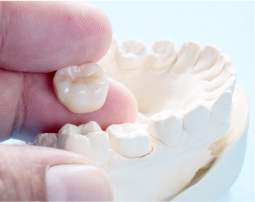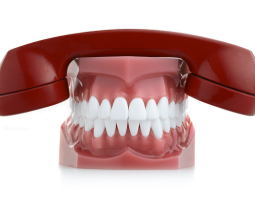
What is a Frenectomy?
A frenectomy, also known as a frenotomy, can refer to any procedure where binding tissue on the body is cut or modified.
Frenectomy procedures are quite common, especially during the infant stage of life. Genital frenectomies, such as circumcision, for example, happen frequently in the United States.
Most of the time, however, the term refers to an oral procedure meant to resolve a tongue tie or a lip tie.
In your mouth, the “frenum” refers to a piece of soft tissue connected to the lips and gums. If the frenum is too short or too tight, it can interfere with breastfeeding, swallowing, or speech development.
This article will cover everything you need to know about oral frenectomies.
Frenectomy Procedure
In most cases, the oral frenectomy procedure is fairly straightforward. Here are the general steps:
- After a consultation with your doctor or pediatrician, the person getting the frenectomy procedure will need to be secured while lying faceup. You may need to hold your child during the procedure.
- Your doctor may apply a topical anesthetic to the area to numb any pain.
- Your doctor will quickly snip the frenum using a scalpel, surgical scissors, or a cauterizing instrument.
- If the lip tie is severe or more complicated, it may require a few stitches to close the incision.
- The entire procedure will likely take 15 minutes or less from start to finish.
Laser Frenectomy
A laser frenectomy is basically the same procedure as a traditional oral frenectomy. The only difference is that the procedure uses a laser, which minimizes the risk of infection and blood loss.
Frenectomy in Infants
Lip tie and tongue tie are typically identified in infants.
Babies who have these conditions are sometimes not efficient at breastfeeding. This can result in slow weight gain or weight loss in the baby.
If you’re breastfeeding, you may experience more pain during feeding if your baby has a lip tie or tongue tie.
A frenectomy is relatively simple to perform on an infant. A healthcare provider or dentist can perform a frenectomy in an office setting. Risks and complications are minimal.
Adult Frenectomy
As you grow older, the oral cavity changes significantly. If your speech develops normally and you have no problem eating and drinking, you may not need to treat a tongue tie or lip tie as an adult.
However, a frenum could pull the gums away from the lower front teeth, leading to gum recession. It may also restrict your tongue’s mobility or your ability to move your lips.
In these cases, you may consider an adult frenectomy.
The adult frenectomy procedure may require a longer recovery time than an infant frenectomy.
Frenectomy Recovery
Recovery after an oral frenectomy is generally straightforward.
You’ll need to keep the area clean, which is simple enough for infant patients.
For adults, you may need to limit the foods you eat for the first few days. Food trapped in the affected area could raise your risk for infection.
After an oral frenectomy, your doctor may prescribe oral antibiotics to prevent infections or complications.
Within a day or two, the area should begin to heal. After a week, you’ll see that the area is beginning to scar over. You should be able to resume all of your normal activities.
Improve your oral health with Ascent Family Dentistry
Dental Solutions For You

Are you missing a tooh?

I have a broken tooth. Help!

I want to feel confident about my smile.

I’m in pain. What do I do?

My snoring is keeping everyone awake!

I have questions about dentures. Can you help?

But I’m afraid to visit a dentist!

My gums are bleeding. Something’s not right!

